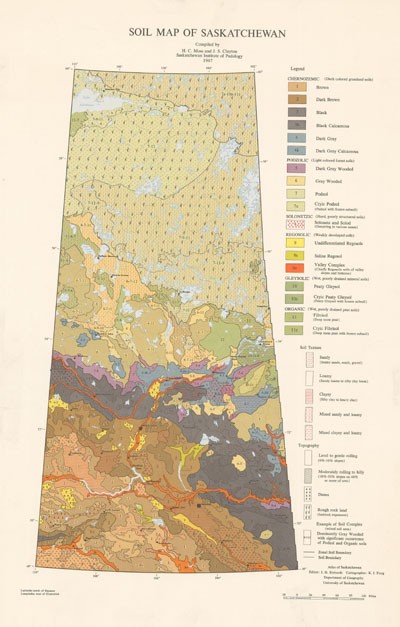You have to take soil testing with a “grain of saltâ€. Firstly, like anything you have to believe what you are doing is not a waste of money. I test for the
most part of every year. In 16 we pulled off massive yields, like most. The tests showed very little nutrients left which they should have. So in 17 pumped the ground full very dry conditions, tested results shows very high levels of everything. Nitrogen numbers seemed a little fictitious so had some fields retested, results came back a little lower but still very high .. over 100 lbs available.
Was happy to have tested or else I would have put down a lot that wasn’t needed.
Most guys don’t soil test they put down their regular amounts and go. Phos is the one that’s tricky.
Fert prices are through the roof, commodity prices are crap, be interesting to see if there will be guys cutting back and changing rotations.
most part of every year. In 16 we pulled off massive yields, like most. The tests showed very little nutrients left which they should have. So in 17 pumped the ground full very dry conditions, tested results shows very high levels of everything. Nitrogen numbers seemed a little fictitious so had some fields retested, results came back a little lower but still very high .. over 100 lbs available.
Was happy to have tested or else I would have put down a lot that wasn’t needed.
Most guys don’t soil test they put down their regular amounts and go. Phos is the one that’s tricky.
Fert prices are through the roof, commodity prices are crap, be interesting to see if there will be guys cutting back and changing rotations.

Comment